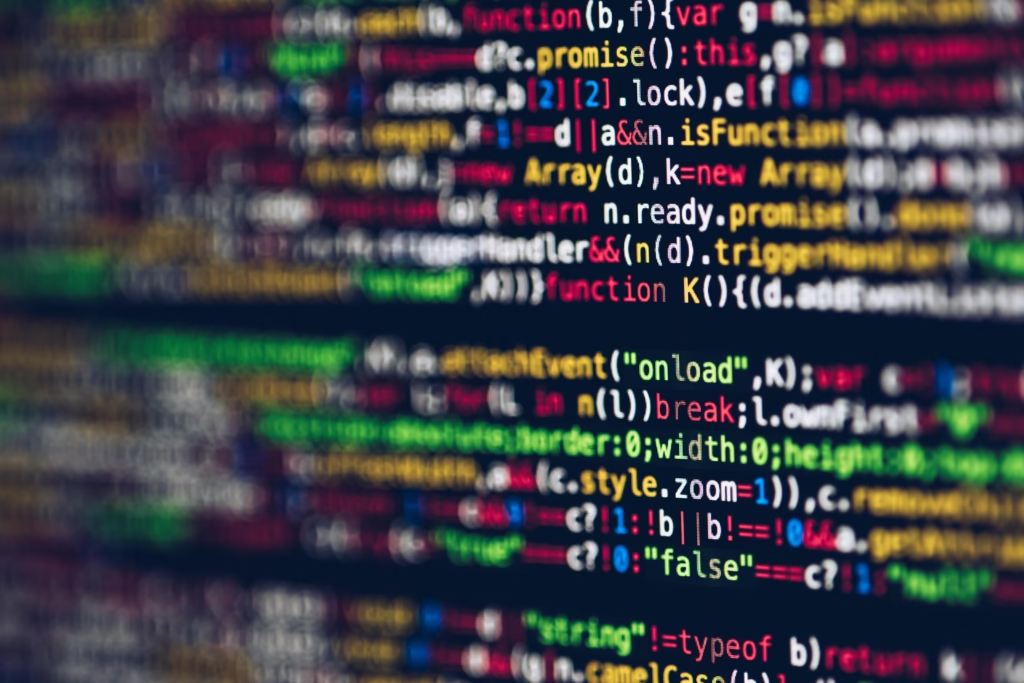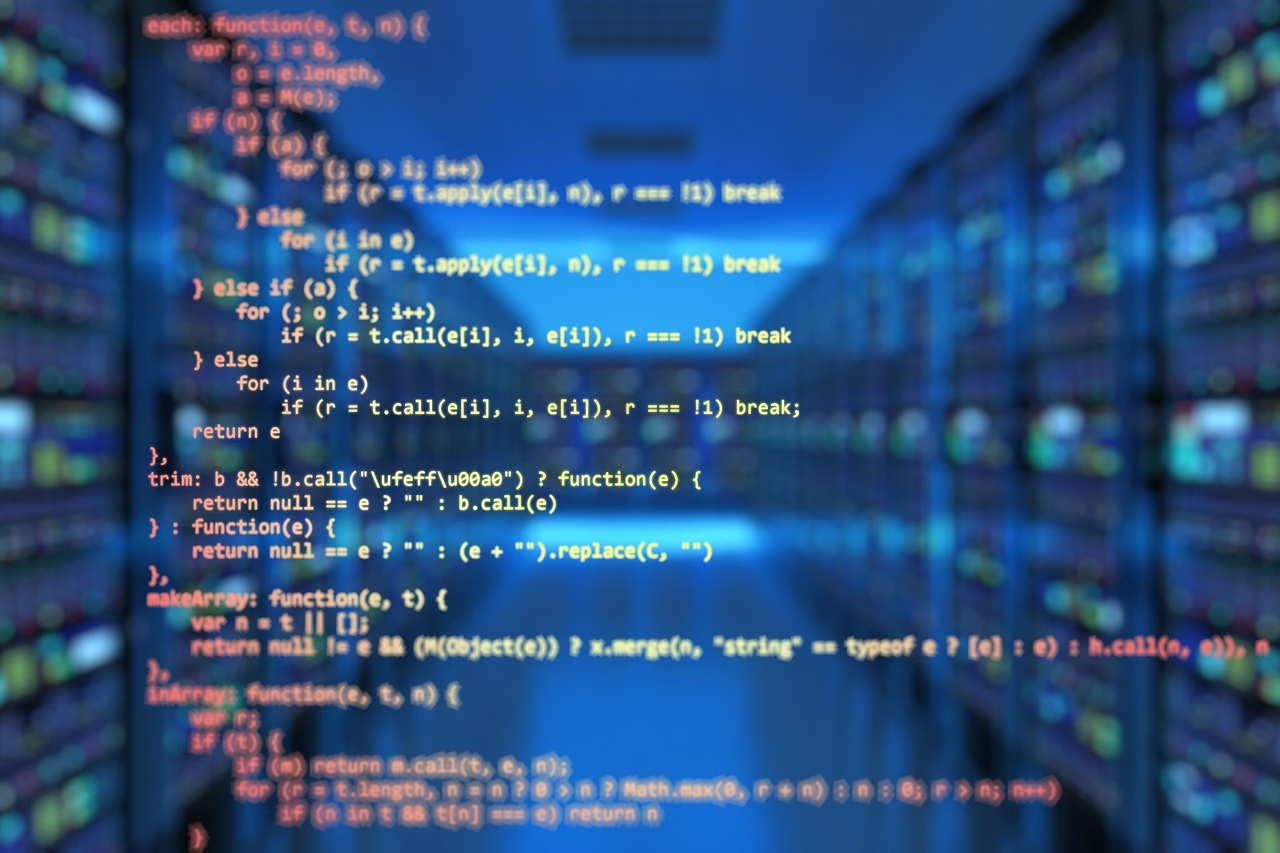Understanding Software: Types, Development, and Future Trends
Software plays a critical role in the modern world. Whether it’s a mobile application, a cloud-based service, or the operating system running on your computer, is the backbone that drives the digital experience. This article explores the concept of , its types, development processes, and future trends that will shape the industry.
What is Software?
refers to a collection of data, programs, and instructions that tell a computer or other electronic devices what to do. Unlike hardware, which is the physical aspect of a computer system, enables the hardware to perform specific tasks. It includes everything from operating systems and word processors to video games and mobile applications.

There are two main types of software: system software and application software.
Types of Software
System Software
System software acts as a bridge between hardware and application software. It provides the necessary platform for running application programs and managing computer hardware resources. The most common example of system software is an operating system (OS), like Windows, macOS, or Linux. Other system software includes utility programs like antivirus software, disk management tools, and device drivers that enable communication between hardware and software.
-
- Operating Systems (OS): These are the core programs that manage hardware and provide the environment for running other applications. Examples include Microsoft Windows, Apple’s macOS, and Linux distributions.
- Utility: Utility provides maintenance tasks, such as file management, system security, and optimization. Examples include disk cleanup tools, backup, and antivirus programs.
- Device Drivers: Device drivers allow operating systems to communicate with hardware components, such as printers, scanners, and graphics cards.
Application
Application is designed to perform specific tasks for the user. These programs serve various purposes, from word processing and accounting to graphic design and video editing. Unlike system , which operates in the background, application is used directly by the user.
-
- Productivity: These are tools used for tasks such as word processing, spreadsheets, and presentations. Popular examples include Microsoft Office Suite (Word, Excel, PowerPoint) and Google Workspace (Docs, Sheets, Slides).
- Multimedia: Multimedia enables users to create, edit, and view multimedia content. Examples include Adobe Photoshop for graphic design, Adobe Premiere Pro for video editing, and VLC Media Player for media playback.
- Web Browsers: like Google Chrome, Mozilla Firefox, Safari, and Microsoft Edge are used to browse the internet and access online resources.

- Development
Development, also known as programming, is used to create other. This includes compilers, debuggers, and IDEs (Integrated Development Environments). These tools help programmers write, test, and optimize their code to build that performs the desired functions.- Compilers: A compiler translates programming code written in high-level languages into machine-readable code. Examples include GCC for C/C++ programming and javac for Java.
- IDEs (Integrated Development Environments): IDEs are applications that provide comprehensive facilities for development. Popular IDEs include Visual Studio, PyCharm, and Eclipse.
- Version Control Systems (VCS): Tools like Git help developers manage and track changes in code, ensuring collaboration and maintaining different versions.
- Firmware
Firmware is a type that is embedded into hardware devices, often stored in non-volatile memory. It provides low-level control over the hardware and enables devices to perform their basic functions. For example, firmware in a router controls the network settings and management features.
Software Development Lifecycle
The process of creating software is intricate and involves several stages, know as SDLC. This cycle ensures that it is developed efficiently, meets the required specifications, and is free from errors.
The main stages of the SDLC are:
- Requirement Analysis: During this phase, developers, stakeholders, and users collaborate to understand the goals, needs, and specifications of them. The requirements are documented and form the foundation for the rest of the development process.
- Design: The design phase involves translating the requirements into a blueprint. It includes system architecture, user interface design, and database design.
- Development: This is the actual coding phase, where developers write the code according to the design specifications. This stage often uses various programming languages, frameworks, and development tools.
- Testing: Testing ensures that the their functions as expected and is free from defects. Various testing methods, such as unit testing, integration testing, and user acceptance testing, are employed during this stage.
- Deployment: Once it passes testing, it is deployed for use. This could involve releasing it to end-users, making it available for download, or hosting it on a server.
- Maintenance: After deployment, it is maintained to fix bugs, update features, and improve performance. This phase can last for years, depending on the them.

Popular Programming Languages for Software Development
Its development involves writing code in specific programming languages. Each language is designed for different purposes and has its own set of strengths. Here are some popular programming languages used:
- Java
Java is a versatile, object-oriented programming language that is commonly used for web applications, mobile apps, and large-scale enterprise systems. It is platform-independent due to the Java Virtual Machine (JVM), making it ideal for cross-platform development. - Python
Python is known for its simplicity and readability. It is often used for web development, scientific computing, artificial intelligence (AI), data analysis, and automation tasks. - C++
C++ is a high-performance programming language commonly used in systems software, game development, and embedded systems. Its ability to directly manage memory makes it suitable for applications that require optimization. - JavaScript
JavaScript is primarily used for building interactive websites and web applications. It is an essential part of web development, alongside HTML and CSS, enabling dynamic content and user interaction. - C#
C# (C-Sharp) is a modern programming language developed by Microsoft. It is commonly used for developing Windows applications, web applications, and games using the Unity game engine. - Ruby
Ruby is an object-oriented programming language known for its ease of use and elegance. It is most commonly associated with the Ruby on Rails framework, used for web application development. - Swift
Swift is Apple’s programming language for developing iOS and macOS applications. It is fast, safe, and easy to learn, making it a popular choice for developers building apps for the Apple ecosystem.

Trends Shaping the Future of Software Development
The industry is constantly evolving, driven by technological advancements and changing user needs. Here are some key trends that will shape the future of its development:
- Artificial Intelligence and Machine Learning
AI and machine learning are transforming the way of development and use. These technologies enable to learn from data, adapt to changing environments, and automate tasks. Developers are increasingly incorporating AI into their applications, from chatbots and virtual assistants to predictive analytics and recommendation engines. - Cloud Computing
Cloud computing has revolutionized delivery by enabling applications to be hosted on remote servers and accessed over the internet. Software-as-a-Service (SaaS) has become a popular model, where users pay for it based on usage rather than purchasing licenses. Major cloud platforms like Amazon Web Services (AWS), Microsoft Azure, and Google Cloud are driving this shift. - Low-Code and No-Code Development
Low-code and no-code development platforms allow users to create applications with minimal coding. These platforms use visual interfaces and pre-built templates, making its development accessible to non-developers. This trend is empowering businesses to create their own custom applications without relying on traditional development processes. - DevOps and Agile Methodologies
DevOps and Agile development methodologies focus on collaboration, automation, and iterative improvement. These practices help teams deliver products faster, with better quality and reliability. DevOps emphasizes continuous integration and continuous delivery (CI/CD), while Agile focuses on iterative development and customer feedback. - Cybersecurity
As cyber threats continue to evolve, ensuring the security is becoming a top priority. Developers are incorporating advanced security features, such as encryption, authentication, and vulnerability testing, to protect users’ data and privacy. - Blockchain Technology
Blockchain technology is gaining traction in its development due to its decentralized and secure nature. It is particularly useful in industries such as finance, supply chain management, and healthcare, where transparency and data integrity are crucial. - Edge Computing
Edge computing involves processing data closer to the source, such as on devices or local servers, rather than relying solely on cloud servers. This reduces latency, improves speed, and enhances the performance of applications, particularly in IoT (Internet of Things) devices.
Conclusion
It is the lifeblood of the digital world, powering everything from basic operations to complex systems. As technology continues to advance, itwill become even more integral to our daily lives. Understanding the types, the development process, and the emerging trends will help businesses and individuals leverage the power of it to stay competitive and meet their needs.
The future of software is bright, with innovations like AI, cloud computing, and low-code platforms driving the next wave of growth. By staying informed about these trends, developers and users alike can ensure they are ready for the changes that lie ahead

